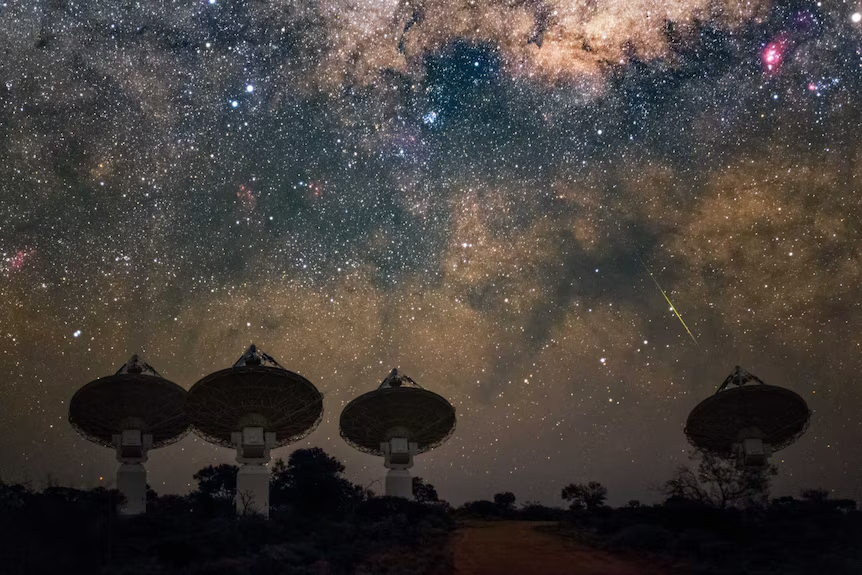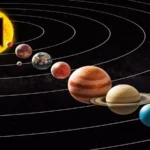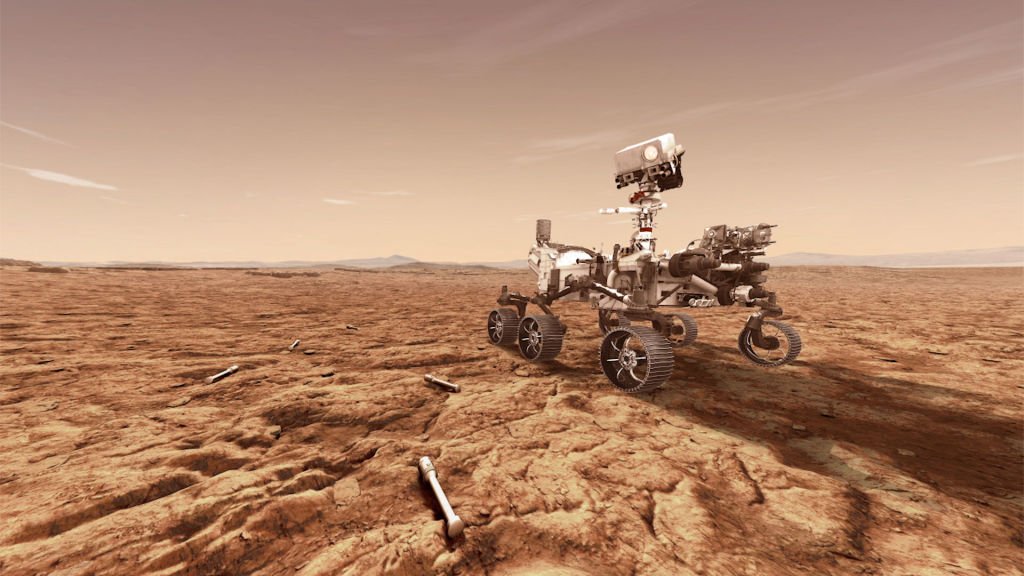The long-sought missing half of the observable matter in the Universe has finally been found by scientists, who have found that it surrounds galaxies in the form of enormous, faint clouds of ionized hydrogen. An international team of astrophysicists and astronomers discovered these hitherto unseen clouds using a new method. Survey programs have verified that this material is ejected farther from active galactic cores than previously thought, forming an intergalactic mist of hydrogen.
The study is accessible on arXiv and has been submitted to Physical Review Letters.
Boryana Hadzhiyska, a Miller postdoctoral scholar at the University of California, Berkeley, and the first author of a study presenting the results, stated, “We believe that, once we go further away from the galaxy, we recover all of the missing gas.” We have not done a thorough investigation using simulations, which is necessary to be more precise. We wish to work carefully.
“The measurements are certainly consistent with finding all of the gas,” said her colleague, Simone Ferraro, a senior scientist at Lawrence Berkeley National Laboratory (Berkeley Lab) and at UC Berkeley who saw hints of this extensive ionized hydrogen halo in analyses published three years ago.
The results of the study, co-authored by 75 scientists from institutions around the world, have been presented at recent scientific meetings, posted as a preprint on arXiv and are undergoing peer review at the journal Physical Review Letters. Hadzhiyska and Ferraro are researchers at the Berkeley Center for Cosmological Physics in UC Berkeley’s Department of Physics, as well as at Berkeley Lab.












